I Drove Chevrolet's New Bolt EUV Crossover And Now I Have An EV Headache
The 2022 Chevrolet Bolt EUV has a problem and, embarrassingly for the new electric crossover, the headache is a family affair. Having spent time behind the wheel of the new EV last week, I can tell you it's perky, affordable, and practical in its own way, as well as that it offers tech you'd previously have needed to splash out on a Cadillac to enjoy.
I can also tell you that the very elements that allow Chevrolet to make the Bolt EUV so attainable are at the root of its biggest issues. For all the new sheet metal – unique from the 2022 Bolt EV hatchback that launches alongside the crossover – there's only so much that can be altered without pulling out the cards from the very bottom of the pyramid.
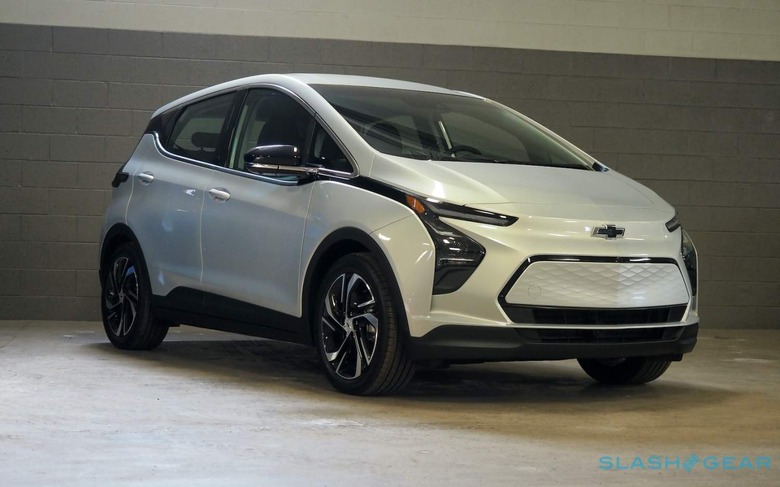
For Chevrolet, one of the primary charms of the Bolt platform today is just how familiar it is. The original car was launched in 2017; four years on, the supply base has matured, economies of scale have improved, and generally it's become cheaper to manufacture. Now, it can reuse that platform for both the 2022 Bolt EV and Bolt EUV.
You can see the Bolt EUV's recycling as either clever or cynical. While there may be some cannibalization of sales – would-be Bolt EV buyers opting for the 6-inch longer Bolt EUV – Chevrolet seems confident that there'll be a net-gain overall. It's also prepared to be flexible: there are enough common components that shifting the production mix between EV and EUV depending on how demand ends up breaking down shouldn't be too much of a hassle.
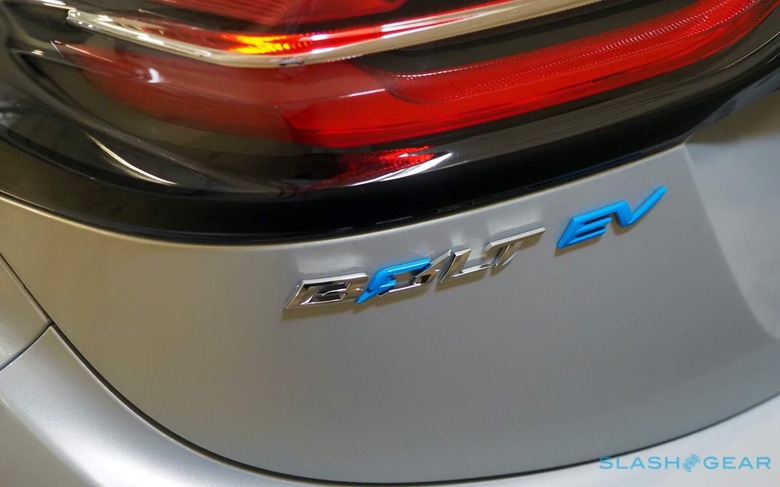
That leaves the decision with the buyer, and there it's harder to make a recommendation one way or the other than I expected. For all the 2022 Bolt EUV promises, its advantages over its cheaper hatchback sibling all seem to come with small print attached.
Picking the crossover would be a whole lot easier, for example, were the Bolt EUV available with all-wheel drive. Sadly, like the regular Bolt EV, it's front-wheel drive only, despite how Chevrolet brands the body style. That's a limitation of the underlying platform and, though the engineers probably could revamp it to fit in a rear electric motor if they had sufficient time and cash to spare, right now that's not on the roadmap and it's hard to imagine the situation ever changing.
GM's focus is on Ultium, its new platform for all-electric vehicles. There'll be Ultium-based models across all of the company's nameplates eventually, though they'll kick off with the GMC Hummer EV and the Cadillac Lyriq SUV. Both are, conspicuously, high-price luxury models: a Hummer EV Edition 1 is three times what a Bolt EUV would cost you.
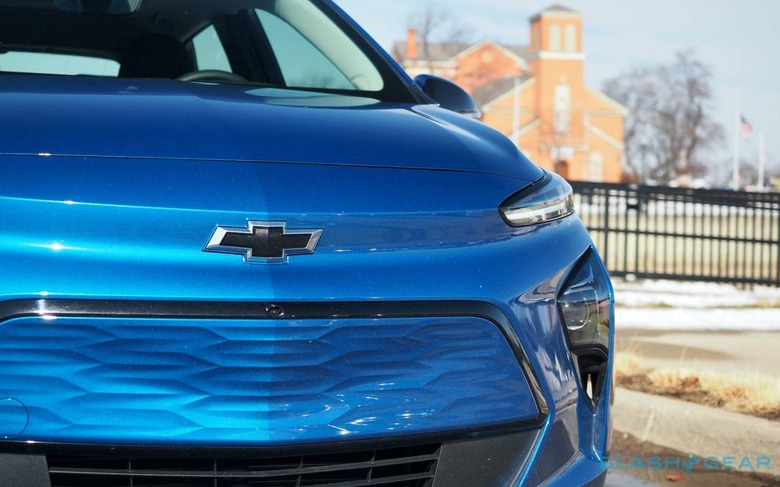
Eventually, assuming everything goes to plan, GM expects Ultium to be cost-effective for more affordable electric cars too. For the next couple of years at least, though, it'll be the playground of the high end.
As I said in my Bolt EUV first drive, I suspect the absence of AWD as an option will hurt Chevy in some markets. Rivals in the segment, like the VW ID.4 and Tesla Model 3, offer AWD after all. Though a front-wheel drive EV on decent winter tires can be much better than an internal-combustion FWD car with the same rubber, there's no escaping that for some drivers AWD is non-negotiable.
The Super Cruise situation is similarly complicated. Certainly, for the Bolt EUV to offer GM's hands-free driver assistance technology – and to be the first outside of Cadillac to do so – is a feather in Chevy's cap. All the same, it's the old version of Super Cruise, not the new, "Enhanced" version which launched to great fanfare recently on the 2021 Escalade.
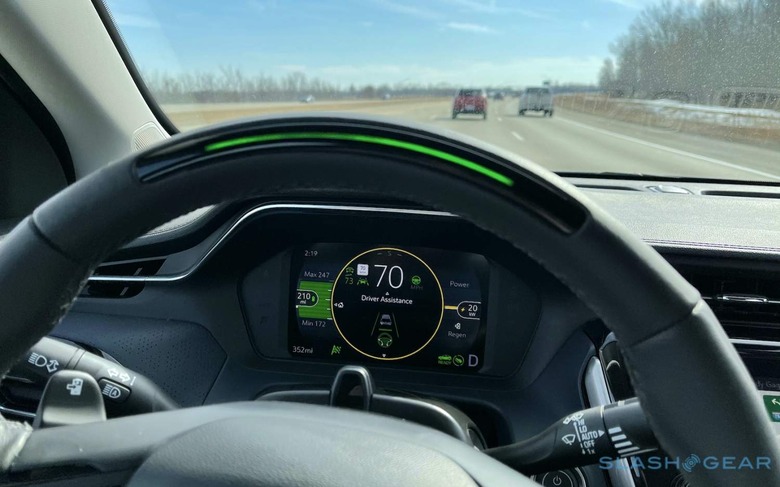
That means it can't do automatic lane-changes, just keep you centered in the same line and maintain pace with the traffic ahead, without demanding you keep your hands on the wheel at the time. GM's camera based driver-attention monitoring and Super Cruise's stability are great, and it would be my assistance-system-of-choice were I planning a highway road trip any time soon, but the limitation is another reminder of how Chevrolet has revamped older technology for another release.
The reality is that the gap between the 2022 Bolt EV and the 2022 Bolt EUV is small. Very small. That extra space in the rear is literally just for legroom: the hatchback actually has a tiny bit more head, shoulder, and hip space, and even a slightly larger trunk than the crossover. Chevrolet's usability improvements, like the latching one-pedal driving mode button, are for the most part present on both versions.
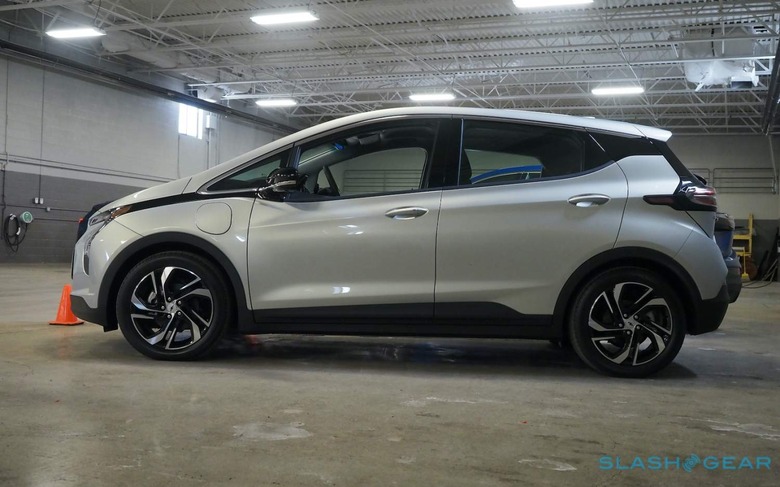
You can't get Super Cruise on the 2022 Bolt EV, and it doesn't come with the fancy dual-voltage charger the crossover includes, but it also starts at just $31,995. That's $2k less than a base Bolt EUV, though if you want to add the $2.2k Super Cruise option you'll need the crossover in Premier trim, which is from $38,495 (and throws in leather seats and a 360-degree camera, among other extras).
I've always had a soft spot for the Bolt EV, and like a lot of people who cover cars it's an electric vehicle I often recommend as a solid budget option. Charming as the new Bolt EUV is, and as much as I enjoy Super Cruise, I'm not sure that's all enough to sway the recommendation from its regular hatchback sibling. If low price without a range compromise are your primary motivators in buying a new electric car, I suspect the 2022 Bolt EV should still be your first port of call.
